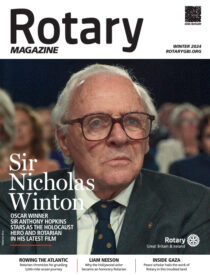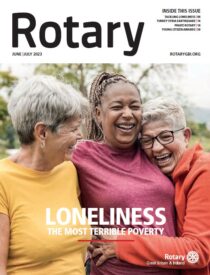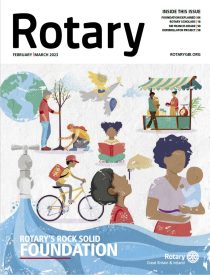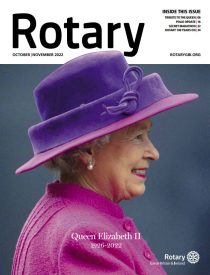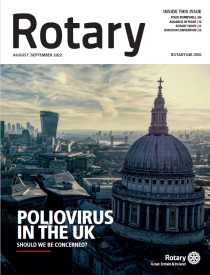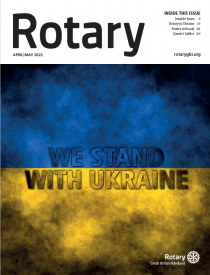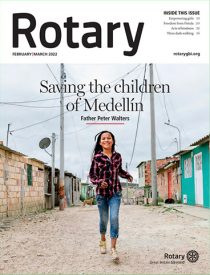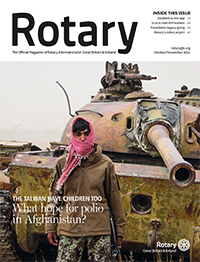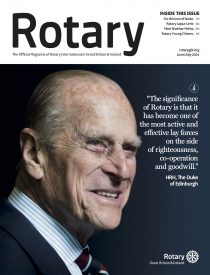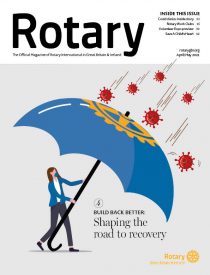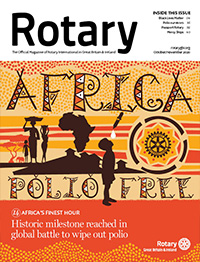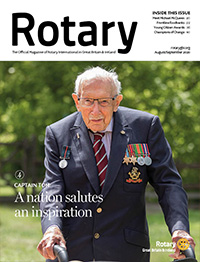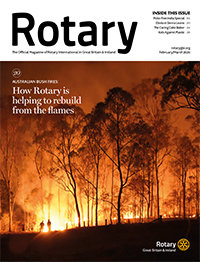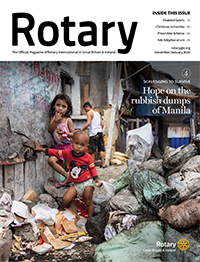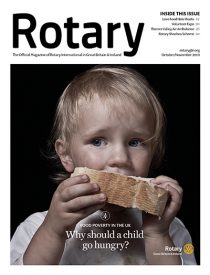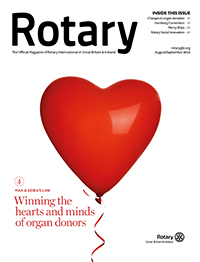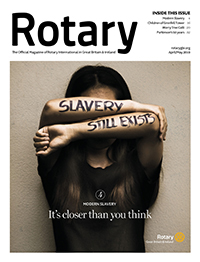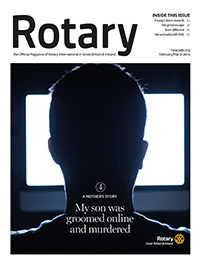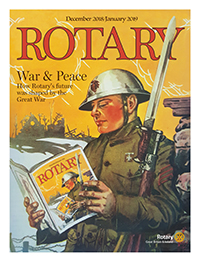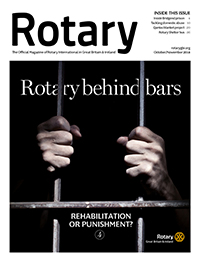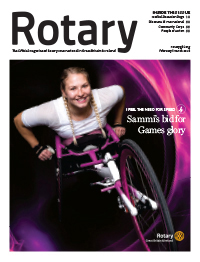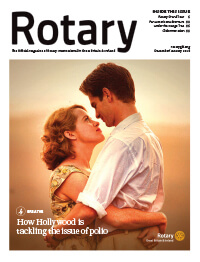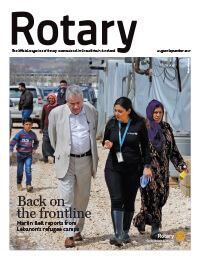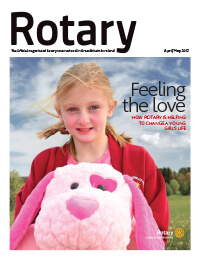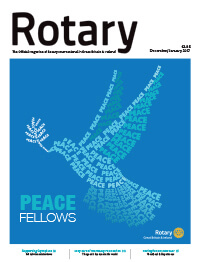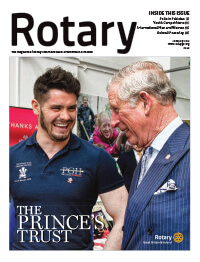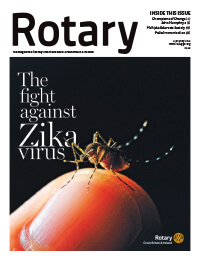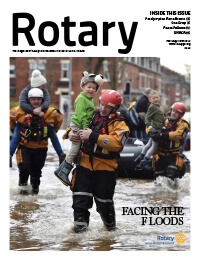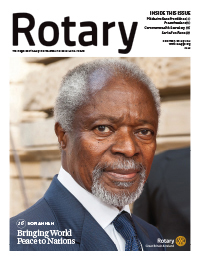Eighty years ago, Southampton came under a rain of fire as the Luftwaffe tried to bomb the country into submission. The docks, and the nearby Supermarine factory in Woolston where the Spitfires were built, were the clear targets.
This was the Second World War in 1940, and with the south coast port in easy reach of the German airfields in France, Southampton became a strategic bombing target.
During the war, around 2,300 bombs and 470 tonnes of high explosives were dropped on the city, damaging or destroying 45,000 buildings.
A daylight raid on November 6th, 1940, targeted Southampton’s Civic Centre. Hermann Goering, the head of the Luftwaffe, remarked how, from the air, the Civic Centre appeared like “a piece of cake”, and he was going to “cut himself a slice”.
During the raid, the building was hit with a powerful 500lb bomb, which penetrated the lower floors of the art gallery killing 35 people, including 14 children, who were having an art lesson in the basement.
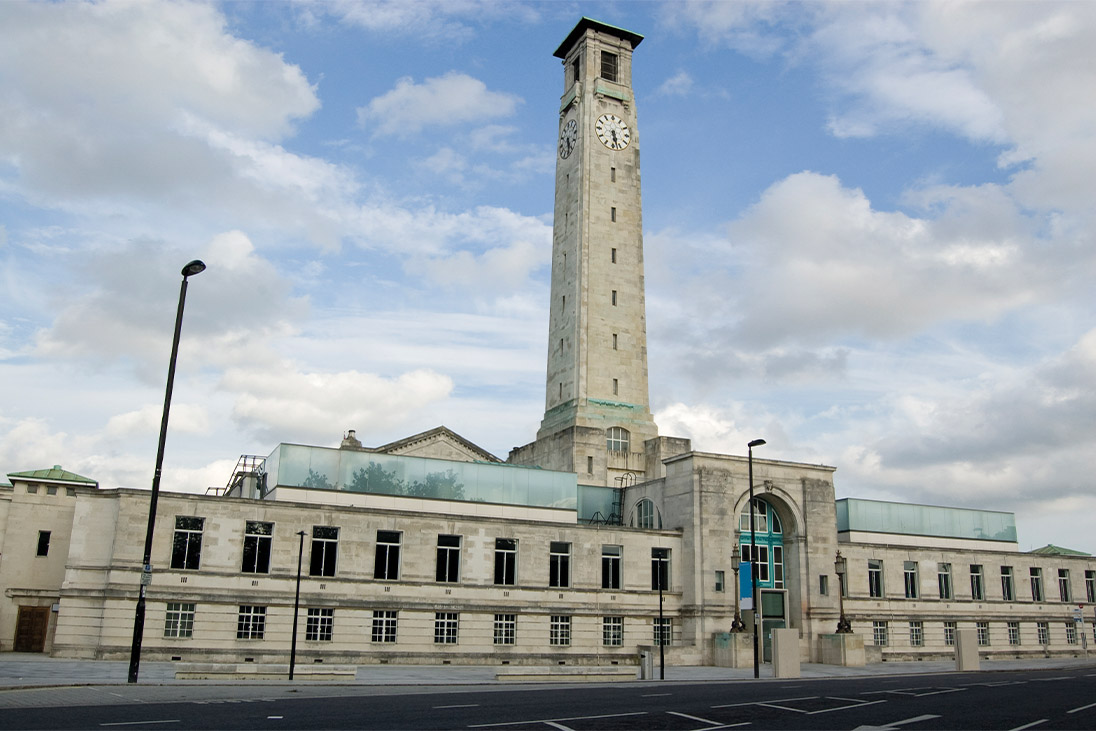

Southampton Civic Centre
Of the 57 air raids to batter the city, by far the worst was in late November 1940 when 77 people were killed and more than 300 injured. The firestorm was so fierce that the glow of burning Southampton could be seen as far away as Cherbourg on France’s northern coast.
Three and a half thousand miles away from Southampton, Hampshire, across the Atlantic Ocean, lies the Canadian town of Southampton, Ontario.
Nestling on the shores of Lake Huron – a three-hour drive from Toronto, and rumoured to have some of the best sunsets in the world.
As a Dominion of the British Empire, Canada entered the Second World War on September 10th, 1939, and over the next six years, some 1.1 million Canadians served with the Allies, with approximately 42,000 killed and another 55,000 were wounded.
Of the 57 air raids to batter the city, by far the worst was in late November 1940 when 77 people were killed and more than 300 injured. “
In 1940, the Canadian town of Southampton felt a close affinity with their UK cousins, prompting the Rotary Club of Southampton Ontario to send the Southampton Rotary Club in the UK £200 to help residents deal with the damage from the bombings.
Today, that sum would be worth £13,000, a lot of money for the Canadian club with 15 members which had only been founded in 1938.
It’s a story which has been picked up by Susan Macdonald, a member of Rotary Southampton, Ontario, a 45-strong community club.
Husband Colin is a member of Paisley Rotary, 20 minutes south of Southampton, Ontario, and has family living just on the outskirts of Southampton, Hampshire, which prompted a visit to the south coast.
“I mentioned to our President that we were planning to visit the Southampton Rotary Club in the UK, and she mentioned this link,” explained Susan.
“I found out about this story and how, in 1955, to celebrate Rotary International’s golden jubilee, the Southampton UK club made a recording thanking the Southampton Ontario Club for their support during the war years.
In 1940, the Canadian town of Southampton felt a close affinity with their UK cousins, prompting the Rotary Club of Southampton Ontario to send the Southampton Rotary Club in the UK £200 to help residents deal with the damage from the bombings.”
“The recording expressed how they enjoyed hosting the Canadian Armed Servicemen from Southampton, Ontario, who would attend Rotary meetings if they were on leave in the area.
“I went through our archives and I managed to hear a copy of the recording, and also found a newspaper clipping of a story published in the Southampton Daily Echo from February 26th, 1955, with a half-page write-up of the Southampton Rotary Club’s golden jubilee dinner, where it mentions the funds the Southampton Ontario Rotarians sent to the UK club.”
When Susan and Colin visited Southampton Rotary Club, they told the story and played the 64-year-old recording. “It was interesting how some of the Rotarians recognised some of the people in the recording, which I thought was really special,” she added.
“Rotary connected us because of war in 1940, Rotary connected us again in 1955 and Rotary connects us today in 2020, I’d like the relationship that started in war to move forward in peace.”
The International Service committees of the two clubs are exploring options for fostering peace.
They are also looking at the United Nations’ sponsored Peace Pole project as a platform to bring the two clubs closer – there are a quarter of a million peace poles around the world, at least one in every country bearing the message: ‘May peace prevail on earth’.
“I do believe in last year’s theme that “Rotary Connects the World”, which is why I am so impassioned about this.
“When we do projects together, we can change the world.”












